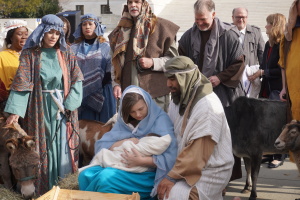4 interesting facts about Easter: Disputed origins, different dates, religious significance of the egg
Easter Eggs

Although commonly associated with the secular celebrations that have been tied to the holy day, Easter eggs have a religious history that includes both pagan origins and later Christian appropriation.
“Throughout Christian history, believers have celebrated a myriad of Easter egg traditions to express their faith in Jesus Christ’s Resurrection,” wrote Whitney Hopler of Crosswalk in 2014.
“Early Christians adopted the egg (which was previously a pagan symbol of new life that comes from nature’s cycles of renewal) as an Easter symbol because an egg’s hard shell represents Jesus’ sealed tomb, and cracking the shell symbolizes His Resurrection.”
Additionally, noted Jahnabi Barooah in a 2012 piece for The Huffington Post, the egg became coupled with Easter in part because of Medieval Christian practices during Lent.
"[H]istorically Christians would abstain from eating eggs and meat during Lent, and Easter was the first chance to eat eggs after a long period of abstinence,” wrote Barooah. “Painting Easter eggs is an especially beloved tradition in the Orthodox and Eastern Catholic churches where the eggs are dyed red to represent the blood of Jesus Christ that was shed on the cross. Easter eggs are blessed by the priest at the end of the Paschal vigil and distributed to the congregants.”




























